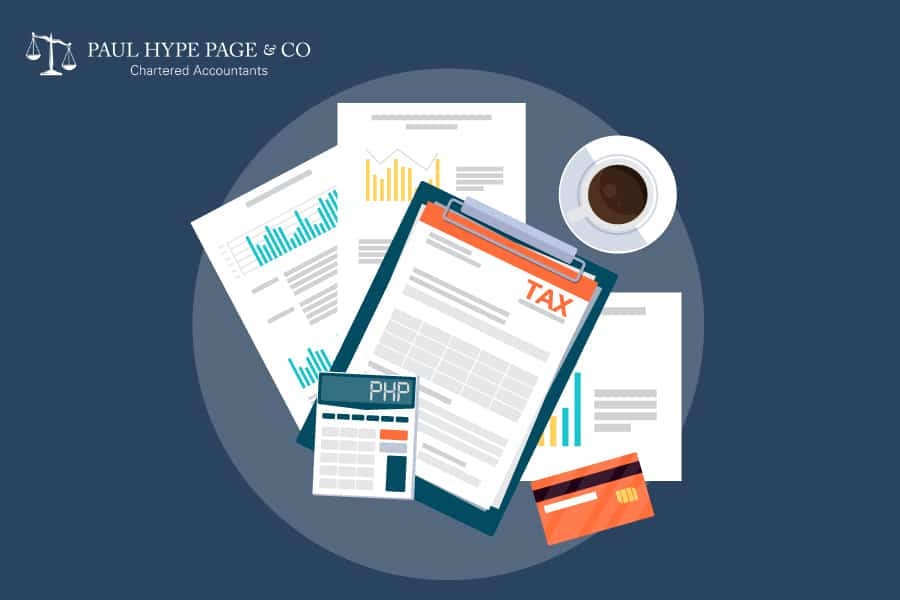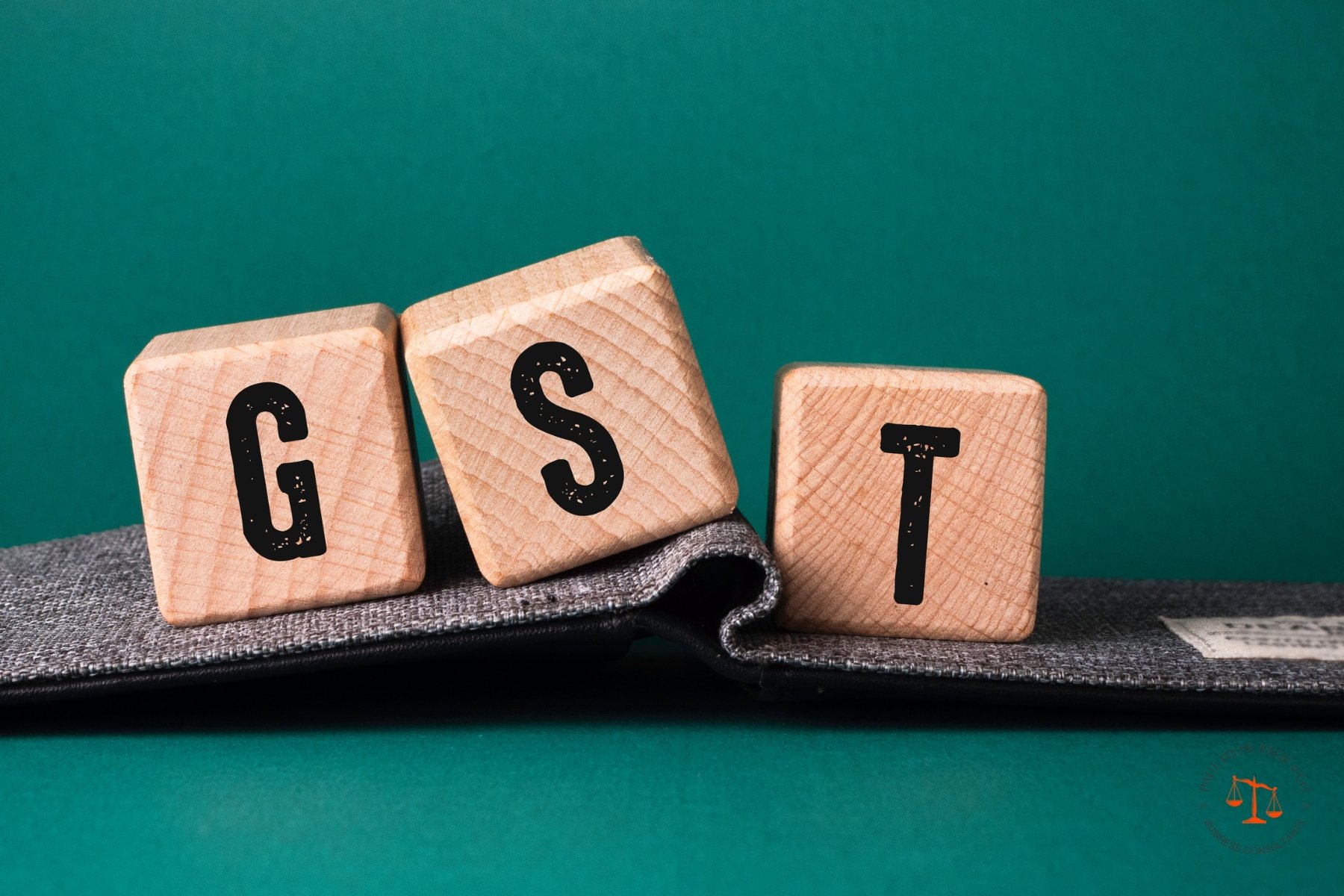Transfer pricing is a concept in taxation and accounting that refers to the methods and rules for setting the prices of goods, services, and intangibles within enterprises which have the same control or ownership. Examples of such enterprises include branches and head offices. About 60% to 70% of all international trade takes place within enterprises based in different countries but located within the same corporate group.
To prevent abuse of transfer pricing, many countries around the world have adopted transfer pricing rules based on the arm’s length principle. The arm’s length principle states that the parties to a transaction are independent and to be regarded as equals. The parties involved should treat the other as if the two were unrelated parties. This principle allows an appropriate allocation of profit taxation rights among countries that use transfer pricing to conclude double tax conventions.
Did You Know?
The OECD and World Bank are both in favour of setting intragroup pricing rules by using the arm’s length principle. Most countries which have transfer pricing rules allow the parties involved to choose their own prices, but also allow the country’s tax authorities to adjust these prices if any of them fall outside an arm’s length range.
Transfer Pricing Rules in Singapore
One of the countries which has set rules regarding transfer pricing is Singapore. In Singapore, the Inland Revenue Authority of Singapore (IRAS) has provided a set of guidelines to be followed when transfer pricing transactions are conducted. The IRAS has also provided an e-tax guide for taxpayers’ convenience.
The IRAS recommends a three-step approach to apply the arm’s length principle in transfer pricing transactions.
1. The first step is to conduct a comparability analysis. A comparability analysis examines the comparability of transactions in certain elements and adjusts for material differences. These elements are as follows:
- Contractual terms of the transaction;
- Functional analysis;
- Characteristics of goods, services, or intangible properties; and
- Commercial and economic aspects.
Several other factors must also be taken into account. These include, but are not limited to:
- Whether the transaction examined is to be evaluated on a separate or aggregate basis;
- Whether to use one year’s or multiple-year data;
- How losses should be considered; and
- What internal or external comparable are to be selected.
2. The second step is to identify the most appropriate transfer pricing method and tested party. There are three different categories of transfer pricing methods to choose from.
- Category 1: Traditional Transaction Methods.These include the comparable uncontrolled price (CUP) method, the resale price method, and the cost-plus These methods compare the price of related-party transactions with those of transactions made between independent parties.
- Category 2: Transactional Profits Methods.These include the transactional profit split method and the transactional net margin method (TNMM). Transactional profits methods compare profits made from related-party transactions with those made from independent-party transactions.
- Category 3: Alternative methods.Whenever necessary, the correct tested party must also be determined.
3. The third and final step is to determine the arm’s length results. This is to be done by applying the most appropriate transfer pricing method to the data on comparable independent party transactions. Such an analysis will lead to results that produce a range of prices or margins.
As these results may not always be completely reliable, the IRAS suggests using an interquartile range to avert this problem. This is especially true in cases where there are wide ranges of prices or margins, because it implies that there are comparability issues or defects that can neither be identified or quantified and thus remain unadjusted. In such cases, the minimum and maximum data points should be excluded because they are outliers.
What are the transfer pricing documentations needed in Singapore?
Transfer pricing documentation refers to records prepared and kept by taxpayers to prove that the pricing of their transactions with related parties adheres to the arm’s length principle. Transfer pricing documentation in Singapore must adhere to the Income Tax (Transfer Pricing Documentation) Rules 2018 (to be referred to as “the Rules”), which came into operation on 23 February 2018.
Starting from the 2019 year of assessment (YA), Singapore taxpayers who have met certain conditions will be required to prepare transfer pricing documentation, as is mentioned in Section 34F of the Income Tax Act.
However, a taxpayer who has met these conditions but also has one or more exemptions for specified transactions is not required to do so. Nevertheless, the IRAS recommends that all taxpayers prepare the documentation because it would help them better manage their transfer pricing risks.
The following taxpayers must prepare transfer pricing documentation:
The information to be prepared in the documentation must include:
Although taxpayers are not required to submit the transfer pricing documentation when they file their tax returns, they are still required to submit their transfer pricing documentation within 30 days of the IRAS’ request. Taxpayers must retain the documentation for a period of at least five years from the end of the basis period in which the transaction took place.
According to Singapore’s latest transfer pricing guidelines, all taxpayers ought to update their transfer pricing documentation whenever there are material changes to the operating conditions that affect their transfer pricing or functional analyses.
The IRAS also recommends that taxpayers also update their transfer pricing documentation at least once every three years, even if there are no impactful material changes. The guidelines add that taxpayers must review and refresh their transfer pricing documentation once a year. Therefore, taxpayers are to prepare a documentation for each basis period.
However, to reduce taxpayers’ compliance burden, the IRAS allows taxpayers to use the transfer pricing documentation that they have previously prepared to support the transfer price if the past documentation is a qualifying transfer pricing documentation.
A qualifying transfer pricing documentation is one that has been prepared in one or two preceding years and fulfils the following conditions:
Paul Hype Page & Co offers several tax planning services, including preparing and updating transfer pricing documentation. We will do everything in our power to keep your tax documents up to date and accurate.
Penalties for Violation of Transfer Pricing in Singapore
Although transfer pricing is not inherently illegal or abusive, it can be manipulated in such a way as to be so. To combat such manipulation, also known as transfer mispricing, Singapore recently introduced penalties for violating transfer pricing documentation requirements.
For example, a fine of up to S$10,000, an increase from the previous maximum fine of S$1,000, will be imposed with effect from YA 2019 against those who commit any of the following offenses:
A taxpayer who commits any of the offenses mentioned may be viewed as errant and non-compliant by the IRAS and other authorities. This taxpayer would also be at a heightened risk of being affected by any transfer pricing adjustments made by the IRAS and could even be turned down for mutual agreement procedures and advanced pricing applications with the IRAS.
We at Paul Hype Page & Co do not want any of the above to happen to you regarding your Singapore transfer pricing documentation. We will use what expertise and knowledge we have to ensure that you do not fall afoul of any laws or commit any violations.
Transfer Pricing Consultation Program Offered by IRAS
IRAS has also set up a transfer pricing consultation (TPC) program. Its objectives are to ensure that taxpayers comply with existing transfer pricing guidelines and identify areas in which the IRAS may be able to advise taxpayers on good practices regarding transfer pricing.
The IRAS uses this program to review and audit the transfer pricing methods and documentation of selected taxpayers. There are several risk indicators which the IRAS uses to identify which taxpayers to select for the program. These risk indicators are:
There are also certain circumstances which the IRAS considers to be high-risk with regard to transfer pricing. Some of these circumstances include:
The IRAS may also request information from taxpayers for the purposes of risk assessment. The TPC Process is as follows:
Once the TPC is complete, IRAS will send a letter to the taxpayer which will evaluate the appropriateness of the taxpayer’s transfer pricing methods and the adequacy of the taxpayer’s transfer pricing documentation. In the same letter, IRAS may also make suggestions about ways to improve the taxpayer’s transfer pricing documentation or transfer pricing method.
4 Singapore Transfer Pricing Adjustments By Taxpayers
In some cases, taxpayers may opt to initiate adjustments on their own and file amended claims. There are four types of adjustments that may be made by taxpayers.
- Year-end adjustmentsare adjustments made to taxpayers’ actual results at the year-end closing of their accounts to arrive at what, in the taxpayers’ opinions, are the arm’s length prices for related-party transactions as described in their transfer pricing analyses and policies. After the adjustments are made, taxpayers report the arm’s length results although they differ from the actual results.
- Compensating adjustmentsare related to advance pricing arrangement (APA) agreements with IRAS. If a taxpayer has entered into an APA agreement with IRAS, the agreement will specify the arm’s length prices. However, occasionally the taxpayer’s actual results will differ from the arm’s length prices in the APA agreements. If such a scenario were to occur, the taxpayer ought to make compensating adjustments to match the terms in the APA agreements to arrive at the agreed arm’s length prices. The taxpayer is to report the adjusted arm’s length results, not the actual results.
- Self-initiated retrospective adjustments are, as their name suggests, made of the taxpayer’s own volition. Changes in circumstances may compel a taxpayer to review past transfer prices related to transactions with related parties. Following such reviews, the taxpayer may decide to retrospectively adjust arm’s length prices either upwards or downwards. Among the reasons that taxpayers might review past transfer prices include:
- Reflecting revisions in transfer pricing analyses;
- Accounting for the arm’s length charge for a transaction which they had previously overlooked;
- Complying with a group global transfer pricing policy which had not previously been taken into account; or
- Avoiding potential transfer pricing adjustments by a tax authority
- Corresponding adjustmentsarising from transfer pricing adjustments by tax authorities have to do with double taxation. Double taxation occurs when the same profits are taxed twice because of the effects of a foreign tax authority’s transfer pricing audit and the application of arm’s length prices. However, IRAS attempts to mitigate this problem by reducing the taxpayer’s profit. This reduction is referred to as a corresponding adjustment.
As mentioned, transfer pricing is an issue of great importance in international taxation. Thus, transfer pricing anywhere, including in Singapore, has an effect on other countries, especially those which Singapore has a DTA with. Transfer pricing also impacts the amount of tax an individual or company pays.
We at Paul Hype Page & Co provide many different taxation services. We are able to help ease your tax burden by offering tax planning and advice services. Our consultants can also give you information and assistance regarding changes to any tax laws or policies.
FAQs
No, corporate tax and income tax are different. Corporation tax is a tax levied on profits by companies. On the other hand, income tax is a tax imposed on personal income.
Singapore’s tax is relatively low as compared to other countries because competitiveness is a decisive consideration undergirding its tax policy.
The corporate tax rate in Singapore is 17%.
Singapore imposes the lowest corporate income tax among ASEAN member states.
A company, regardless of whether it is a local or a foreign company, will be taxed on its:
- income accruing in or derived from Singapore; or
- income received in Singapore from outside Singapore
You are required to make a declaration in your income tax returns by giving the nature and amount of the foreign-sourced income that was remitted to Singapore. You are also required to complete the Declaration Form for Foreign-Sourced Income Received in Singapore From 22 Jan 2009 to 21 Jan 2010 (60KB) for submission to IRAS. Although you have to state the use of the foreign income in the declaration form, the usage of such foreign income will not affect the claim for tax exemption.
An Avoidance of Double Taxation Agreement (DTA) is an agreement signed between Singapore and another country (a treaty country) which serves to relieve double taxation of income that is earned in one country by a resident of the other country.
It makes clear the taxing rights between Singapore and her treaty partner on the different types of income arising from cross-border economic activities between the two countries.
The DTA also provides for reduction or exemption of tax on certain types of income.
Only Singapore tax residents and tax residents of the treaty country can enjoy the benefits of a DTA. To find out who are our treaty partners, please refer to the List of Avoidance of Double Tax Agreements.
Income is assessed on a preceding year basis. This means that the basis period for any Year of Assessment (YA) generally refers to the financial year ending in the year preceding the YA.
There are various types of tax incentives available to companies and these are provided in the Singapore Income Tax Act (ITA) and Economic Expansion Incentives Act (EEIA). Some of the tax incentives available are listed in the table below.
| Governing legislation | Types of incentives | Where to apply |
|---|---|---|
| ITA/S13F | Approved International Shipping Enterprise | MPA www.mpa.gov.sg |
| ITA/S13H | Approved Venture Company | EDB www.edb.gov.sg |
| ITA/S14B | Further deduction of expenses relating to Approved Trade Fairs, Trade Exhibitions, Trade Missions or to maintain overseas Trade Office | IE Singapore www.enterprisesg.gov.sg |
| ITA/S14E | Further deduction of expenses on Research and Development Project | EDB www.edb.gov.sg |
| ITA/S14O | Tax deduction of special reserves for catastrophic risks of approved general insurers | MAS www.mas.gov.sg |
| ITA/S19C | Writing down allowance for cost sharing agreement | EDB www.edb.gov.sg |
| ITA/S43(9) | Concessionary rate of tax for income of life insurance companies apportioned to policyholders | – |
| ITA/S43C | Concessionary rate of tax for approved offshore general insurance companies | MAS www.mas.gov.sg |
| ITA/S43C | Concessionary rate of tax for approved offshore life insurance companies | MAS www.mas.gov.sg |
| ITA/S43C | Concessionary rate of tax for approved offshore composite insurance companies | MAS www.mas.gov.sg |
| ITA/S43C | Exemption of tax for approved marine hull and liability insurer (onshore and offshore business) | MAS www.mas.gov.sg |
| ITA/S43C | Exemption of tax for approved offshore captive insurance companies | MAS www.mas.gov.sg |
| ITA/S43C | Exemption of tax for approved insurer underwriting offshore qualifying specialised insurance risk | MAS www.mas.gov.sg |
| ITA/S43E | Concessionary rate of tax for Approved Operational Headquarters (OHQs) | EDB www.edb.gov.sg |
| ITA/S43G | Concessionary rate of tax for Approved Finance and Treasury Centre | EDB www.edb.gov.sg |
| ITA/S43Q | Concessionary rate of tax for Financial Sector Incentive Companies | MAS www.mas.gov.sg |
| ITA/S43P | Approved Global Trading Company | IE Singapore www.iesingapore.gov.sg |
| EEIA/ Part II | Pioneer Industries | EDB www.edb.gov.sg |
| EEIA/ Part III | Pioneer Service Companies | EDB www.edb.gov.sg |
| EEIA/Part IIIB | Approved Shipping Logistics Enterprise | MPA www.mpa.gov.sg |
| EEIA/ Part IIIB | Development & Expansion Incentive | EDB www.edb.gov.sg |
| EEIA/Part X | Investment Allowances | EDB www.edb.gov.sg |
| EEIA/Part XIIIB | Overseas Enterprise Incentive | IE Singapore www.iesingapore.gov.sg |
| EEIA/Part VIA | Export Service Company | EDB www.edb.gov.sg |
About The Author
Share This Story, Choose Your Platform!
Related Business Articles






